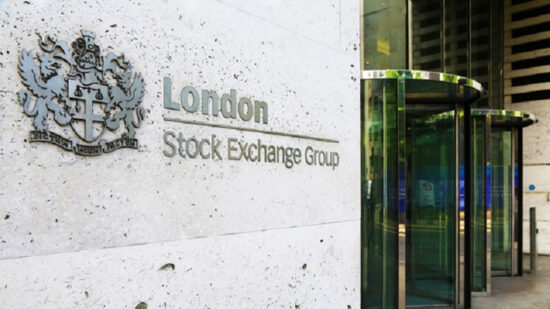The FATF wants to introduce its risk-based analysis to intermediated international life insurance sales and has published a consultation on its application.
The task force is looking for views from competent authorities, insurers and insurance intermediaries.
Among the measures detailed in the paper, the FATF wants insurers to take ultimate responsibility for AML measures.
Insurers would be required to treat smaller advisers as higher risk and subject them to higher standards, especially those in higher-risk jurisdictions or those with higher-risk clients, like politically exposed persons.
When determining the risk profiles of life insurers and intermediaries, regulatory supervisors would have to consider an adviser’s business model, including products and services offered, customer base and characteristics, distribution channels, geographic locations in which they operate and relevant financial information.
Supervisors would also look at the controls in place, including governance arrangements, the quality of the risk management and AML framework, and the effectiveness mitigating measures like the fitness and properness of the management and holders of controlling interest.
Risky places
A contract will receive more scrutiny in cases with one or more red flag, including:
- Significant and unexplained geographic distance between the residence or business location of the customer and the location where the product sale took place (or the location of the insurer’s representative);
- Has the customer provided certification of their domestic tax residency that is supported by other information that the insurer or intermediary knows about the customer? Such as:
- What is the tax residency of the customer?
- Are all communications sent internationally without foreign residency ties?
- Does the source of wealth, source of funds or other known relationship include ties to higher-risk countries?
- Death claim payments to a beneficiary residing in a country with a high risk of terrorism.
- Premiums and/or settlements are paid through accounts held with financial institutions established in jurisdictions associated with higher AML risk; and,
- Intermediary is based in, or associated with, jurisdictions associated with higher AML risk.
Risky customers
Clients will receive more scrutiny when:
- Customers that are legal entities whose structure makes it difficult to identify the ultimate beneficial owner or controlling interests. This can happen at inception or, subsequently, an individually-owned insurance policy can be assigned to a legal entity. Know your client processes should apply at both stages;
- The policyholder and/or the beneficiary of the contract are companies whose structure makes it difficult to identify the beneficial owner, eg, multiple layers or because the entity’s ownership structure crosses jurisdictions;
- The policyholder and/or the beneficiary of the contract are companies with nominee shareholders and/or shares in bearer form;
- Occupation with a low average income and the policy has high ongoing deposits;
- A history within an occupation with a higher risk for AML due to local crime typologies, high access to cash-based businesses or international exposure;
- Customers who are reluctant to provide identifying information when purchasing a product, or who provide minimal or seemingly fictitious information;
- Customer transfers the contract to another insurer; (low risk after a long relationship, higher risk if after a short period of time, especially with high fees);
- The insurer is made aware of a change in beneficiary only when the claim is made; and a customer incurs a high cost by seeking early termination of a product; and,
- Customers request to change or increase the sum insured and/or the premium payment are unusual or excessive.
The FATF paper also emphasises scenarios where simplified checks are acceptable – such as low-risk jurisdictions and intermediaries selling simple products.
It also outlines why a supervisor might want to reduce the frequency and intensity of their AML checks.
The consultation is seeking views until 17 August.








